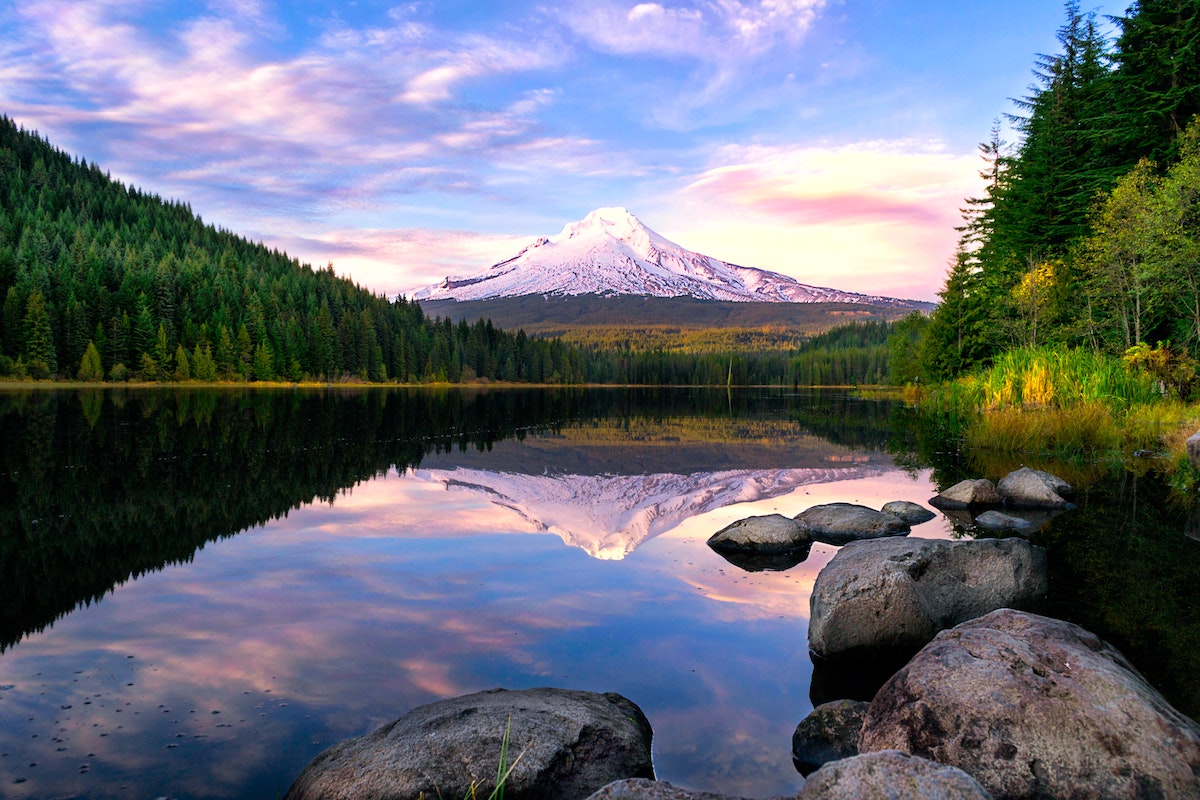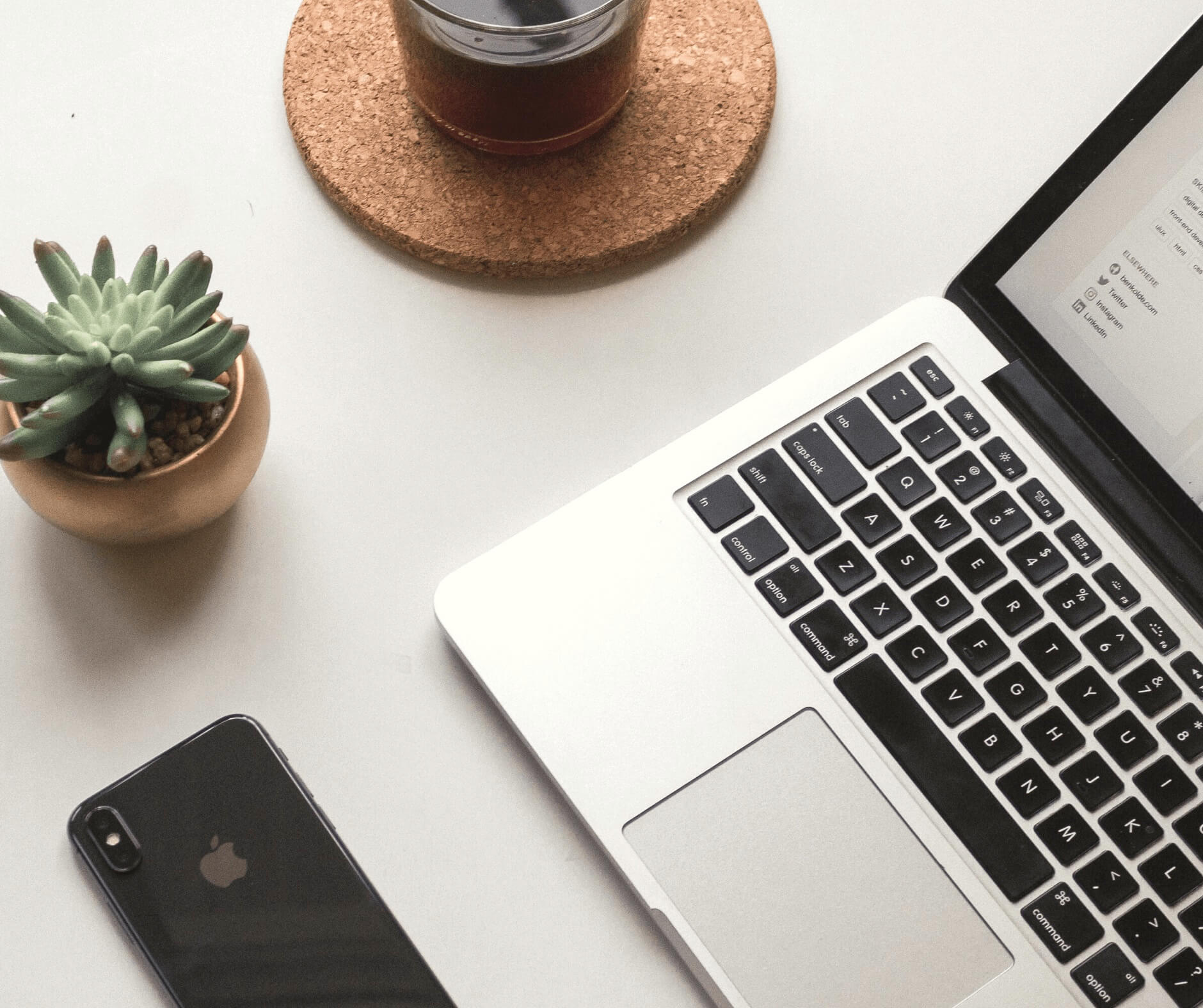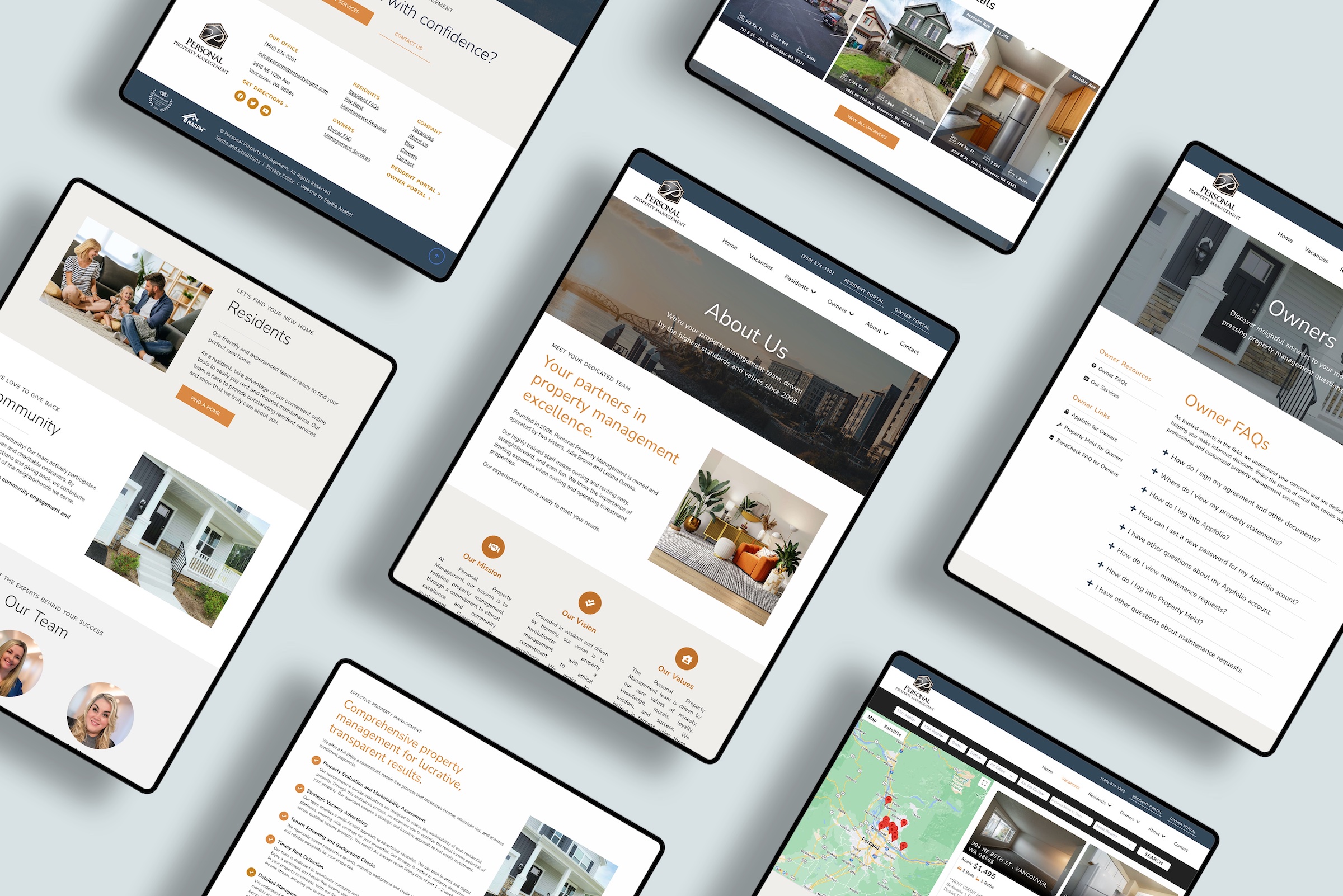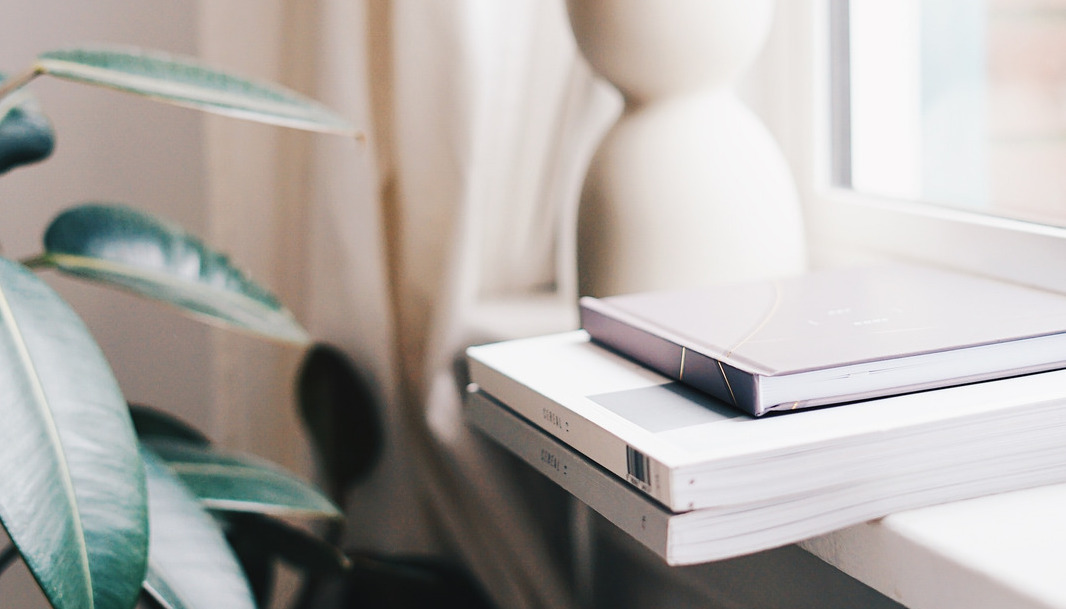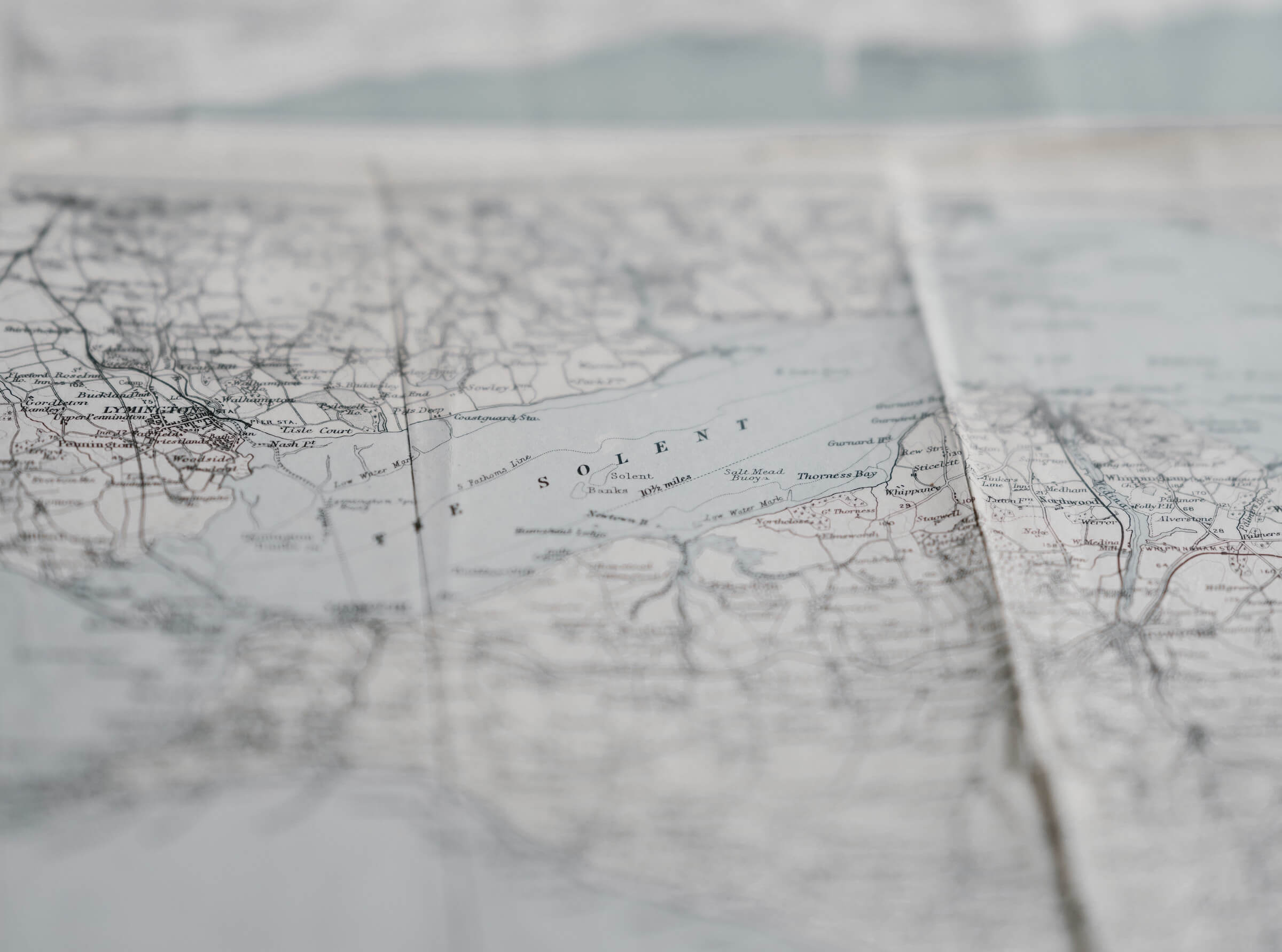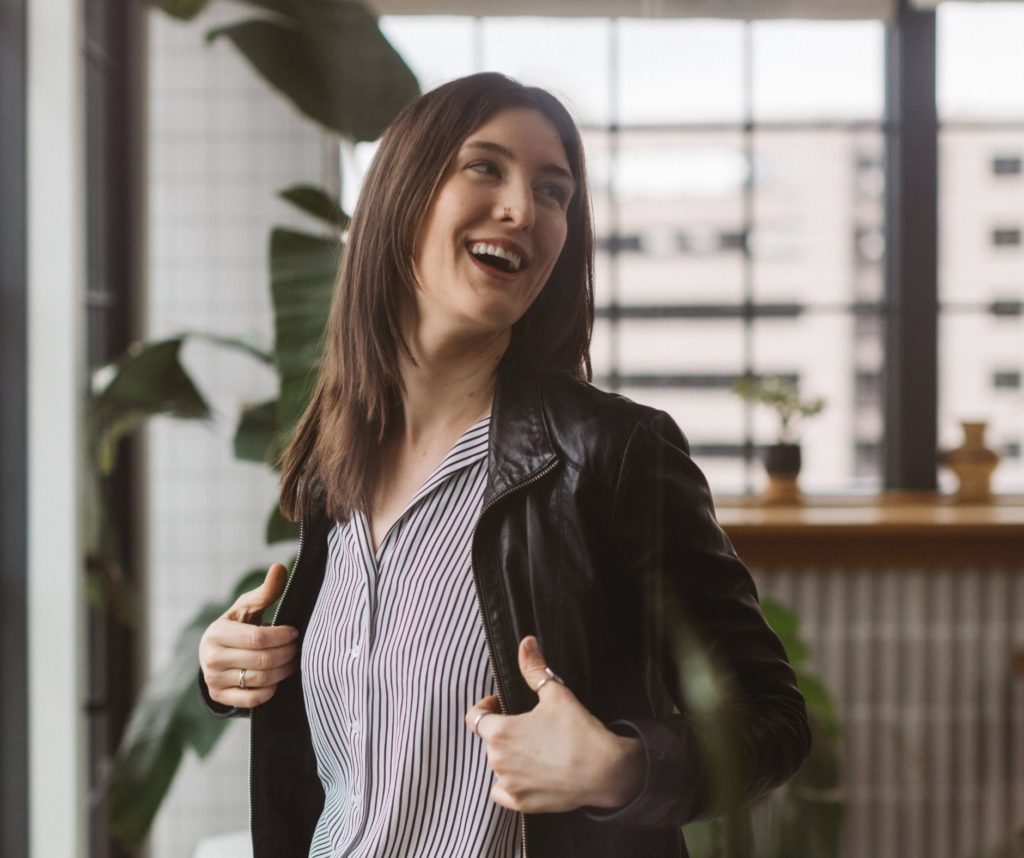Images provide so much more than just words. Photos are what make your story come alive.
Consider this…
People remember only 10% of information after three days. But adding a photo can improve recollection by 65%.
Consumers are 60% more likely to consider or contact a business when they see an image appear in local search results.
Images on Facebook receive 20% more engagement than videos and 352% more engagement than text-only posts.
…
In other words, photography is crucial for your website.
So how can you best utilize photos on your site? Here are 4 tips to optimize your website images.
Give each image a unique name.
File names help your website’s search engine optimization. As you may imagine, file names such as “img1.png” or “NCP188392.jpg” don’t tell Google what your photo is about.
Instead, give your photos distinct and keyword-rich names before you upload them to your site.
Add alt text to each image.
Along with your file name, it’s also important to add alt text.
Alt text (short for “alternative text”) is what some browsers display instead of the image. Plus, search engines use alt text to identify page content — again important for SEO.
To write alt text, think about how you would describe the photo to somebody who can’t see it. For example, your alt tag for the photo below may say “Refection of Mount Hood in a lake near Portland, Oregon.”)
Photo by Atanas Malamov via Unsplash.
Reduce image size.
Website visitors expect your site to load quickly. In fact, you have only a few seconds to make an impression — over 50% of mobile visitors will leave if a webpage doesn’t load in just 3 seconds.
Large image files can slow down websites dramatically. Reduce file sizes to increase page speed without decreasing the quality of your photos.
Use original photos.
Google’s algorithms have become so advanced that they can detect if the same photos are used on multiple websites.
That great picture you found for your homepage? It means nothing to Google when it realizes that you’re using the same photo as a ton of other sites.
Use stockphotos if you must, but it’s really best to have original photography. Plus, visitors prefer photos of real humans doing real activities. Tests have found that photos of real customers are 35% more likely to convert website visitors compared to even top-performing stockphotos.
So grab your camera (or contact a local photographer) and start clicking some pictures!
